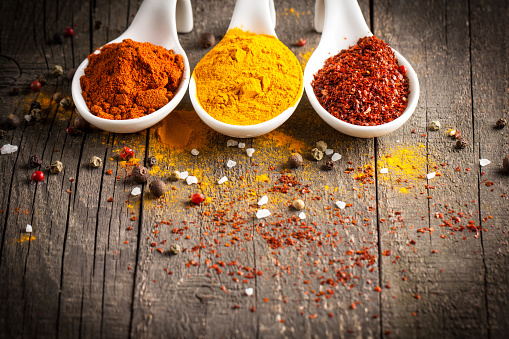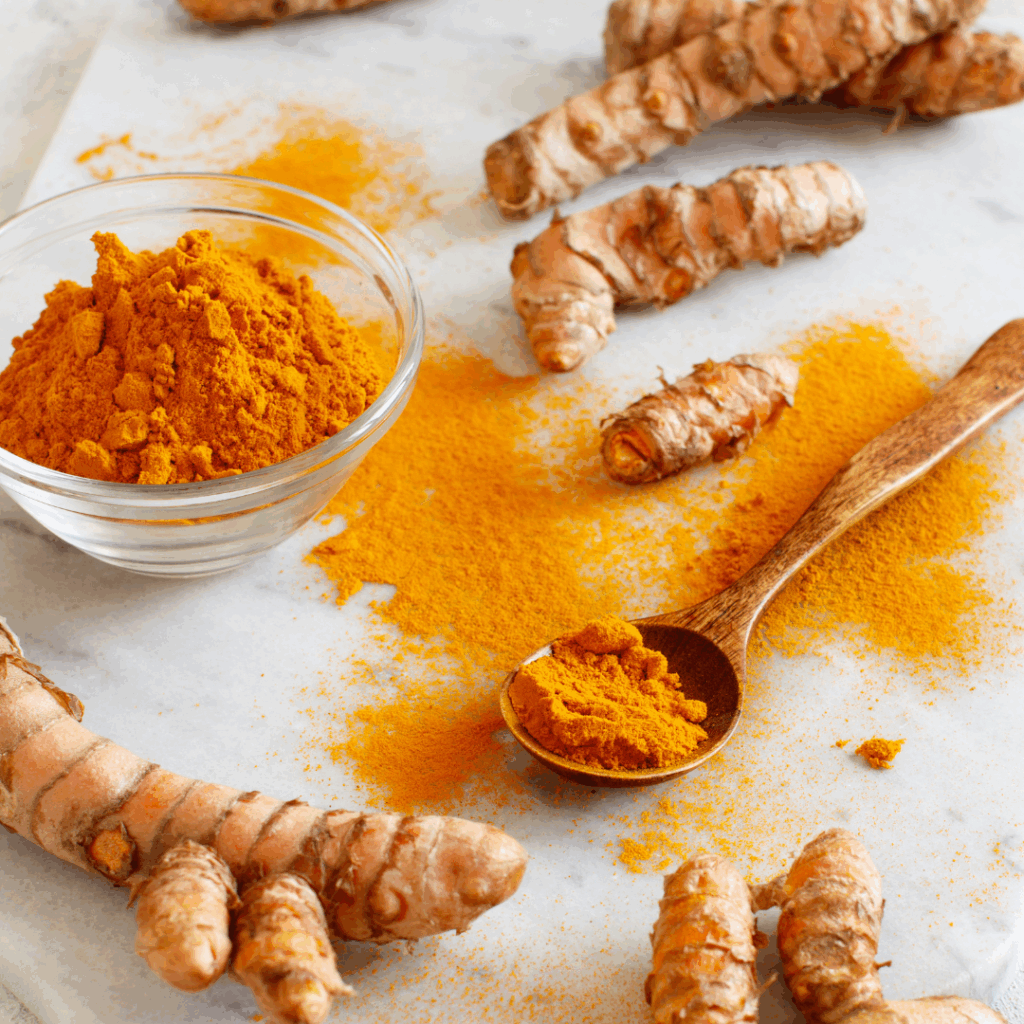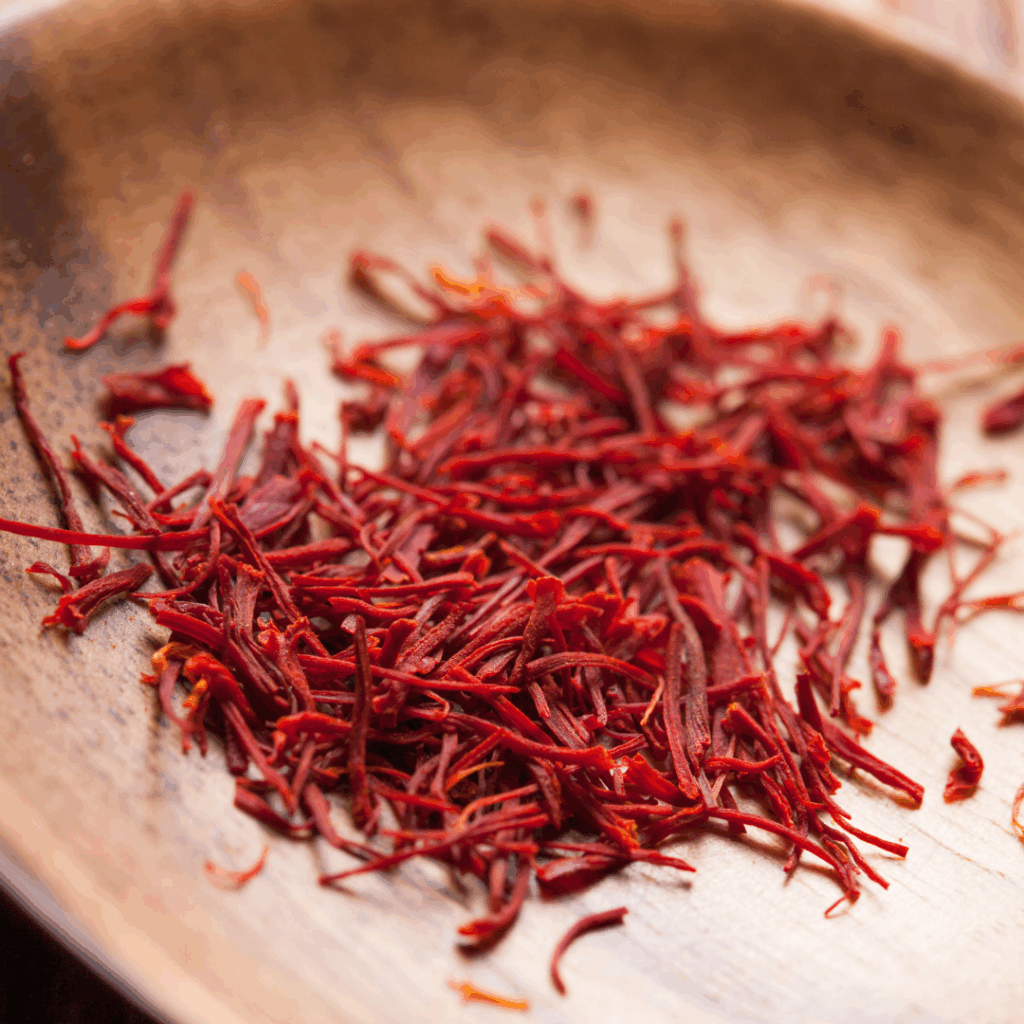
When we think of protecting our vision, we often think about wearing sunglasses, avoiding screens before bed, or getting regular eye exams. While these habits are essential, there’s another, often overlooked strategy for enhancing long-term eye health: your spice rack.
At Inspired Eyes Optometry in Kelowna, we take a holistic approach to eye care. That includes nutrition, and more specifically, the use of anti-inflammatory and antioxidant-rich spices that support visual wellness. Since the eyes are incredibly vulnerable to oxidative stress, chronic inflammation, and circulatory imbalances, certain spices can play a meaningful role in reducing the risk of vision loss and age-related eye diseases.
Let’s explore the best spices for eye health, how they work, and how to incorporate them into your diet.
Your eyes are one of the most metabolically active organs in the body. They require a steady supply of nutrients, oxygen, and protection from oxidative damage. Over time, exposure to blue light, UV rays, high blood sugar, and poor circulation can damage delicate ocular tissues—especially the macula and retina.
That’s where functional foods and spices come in. Many spices contain bioactive compounds that:
Lower inflammation
Reduce oxidative damage
Enhance blood flow
Support metabolic regulation
And unlike supplements, spices can easily be used in everyday meals for cumulative benefits.
Turmeric (Curcuma longa) is renowned for its vibrant yellow colour and its powerful medicinal compound, curcumin. This polyphenol has been widely studied for its anti-inflammatory, antioxidant, and even antiangiogenic properties.
How Turmeric Supports Eye Health:
How to Use It:
Add turmeric to soups, stews, curries, or even golden milk. Always pair it with black pepper (which contains piperine) and a healthy fat like olive oil or coconut milk to boost absorption.

Known as the world’s most expensive spice, saffron is worth every penny when it comes to eye health. Its potent antioxidants—crocin and crocetin—have been linked to improved visual function and slowed progression of Age-Related Macular Degeneration (AMD).
Clinical Research on Saffron & AMD:
A 2020 study published in the Journal of Translational Medicine found that saffron supplementation improved retinal function in patients with early-stage AMD. The results showed enhanced contrast sensitivity and visual acuity, especially in older adults.
How to Use Saffron:
Soak a few threads in warm water or milk and add to rice, tea, or baked goods. Just a small amount can go a long way!

While cinnamon is most famous for its cozy aroma and flavor, it’s also a blood sugar stabilizer. Chronically elevated glucose levels can damage blood vessels in the retina, leading to diabetic retinopathy, one of the leading causes of blindness in adults.
Cinnamon’s Vision Benefits:
Improves insulin sensitivity, helping prevent the blood sugar spikes that strain delicate ocular capillaries.
Contains polyphenols that reduce inflammation and oxidative damage.
Supports vascular health, indirectly reducing eye disease risk.
How to Use It:
Add Ceylon cinnamon to oatmeal, smoothies, coffee, or sprinkle it over fruit. Avoid consuming large amounts of cassia cinnamon, which contains coumarin, a compound that may be harmful in high doses.

Paprika isn’t just for deviled eggs. It’s an eye-healthy spice rich in lutein and zeaxanthin—the carotenoids concentrated in your macula (the part of the retina responsible for sharp central vision).
These compounds work like internal sunglasses, filtering out harmful blue light and preventing oxidative damage.
Why Lutein and Zeaxanthin Matter:
Help reduce risk of macular degeneration and cataracts
Support night vision and color contrast
May slow the loss of vision associated with aging
How to Use Paprika for Eye Health:
Use sweet or smoked paprika to season veggies, lean meats, or plant-based proteins. Pair with leafy greens and healthy oils for enhanced absorption.

Ginger contains gingerols, which are known for their anti-inflammatory properties. While more research is needed on its direct effects on eye health, it may support overall circulation and reduce systemic inflammation—two factors that indirectly benefit vision.
These tiny spice buds are high in antioxidants, especially eugenol, which may help reduce oxidative stress throughout the body, including the eyes.
A great source of vitamin A, cayenne can help improve tear production and combat dry eyes. Use with caution if you’re sensitive to heat!
1. Eat the Rainbow – and Season It Well:
Combining eye-supportive spices with colorful vegetables like carrots, kale, spinach, and sweet potatoes enhances their protective effects.
2. Use Healthy Cooking Fats:
Many of the key compounds in spices (like curcumin, lutein, beta-carotene) are fat-soluble. Cook with olive oil, ghee, avocado oil, or nuts to improve absorption.
3. Keep it Fresh:
Use fresh, high-quality spices when possible. Store them in airtight containers, away from heat and light, to maintain potency.
4. Be Consistent:
You won’t notice instant results—but daily, long-term use is what makes the biggest difference for eye health and overall wellness.
Final Thoughts: Food is Medicine for Your Eyes
While no single spice is a cure-all, integrating a variety of these vision-friendly ingredients into your everyday meals can be a simple and flavorful way to support long-term ocular wellness.
Whether you’re managing a chronic condition or simply want to preserve your eyesight as you age, it’s time to look beyond carrots and consider what’s hiding in your spice drawer.
Book your Vision Wellness Assessment at Inspired Eyes Optometry in Kelowna. Our team of passionate eye care professionals will help you understand your current visual health, make tailored recommendations, and explore how lifestyle—including nutrition and spices—can play a major role in preventing vision loss.